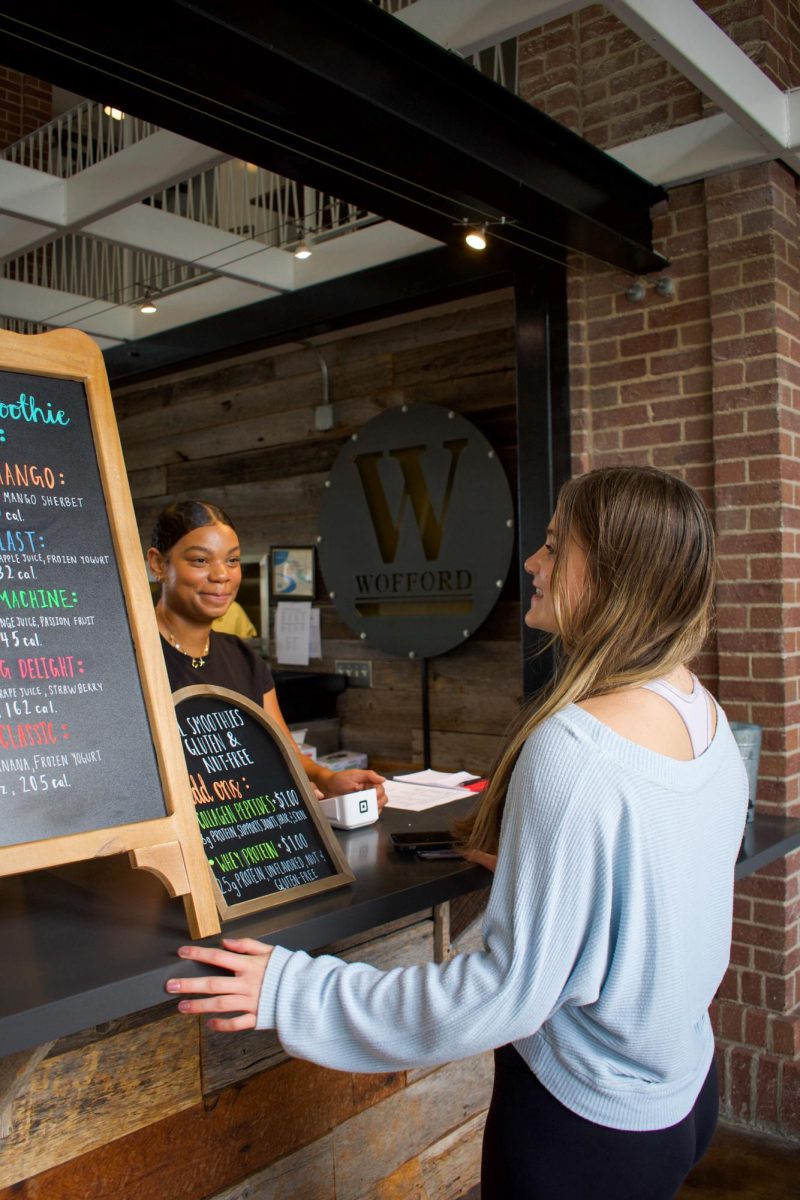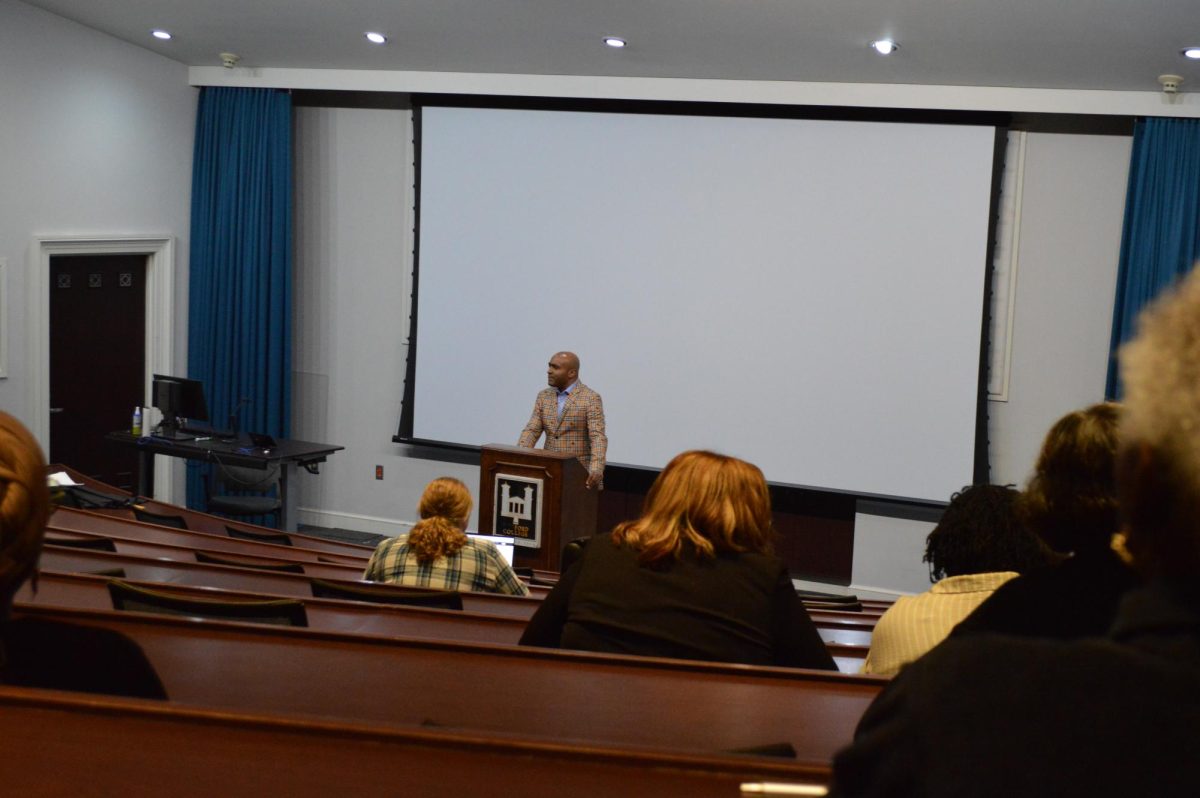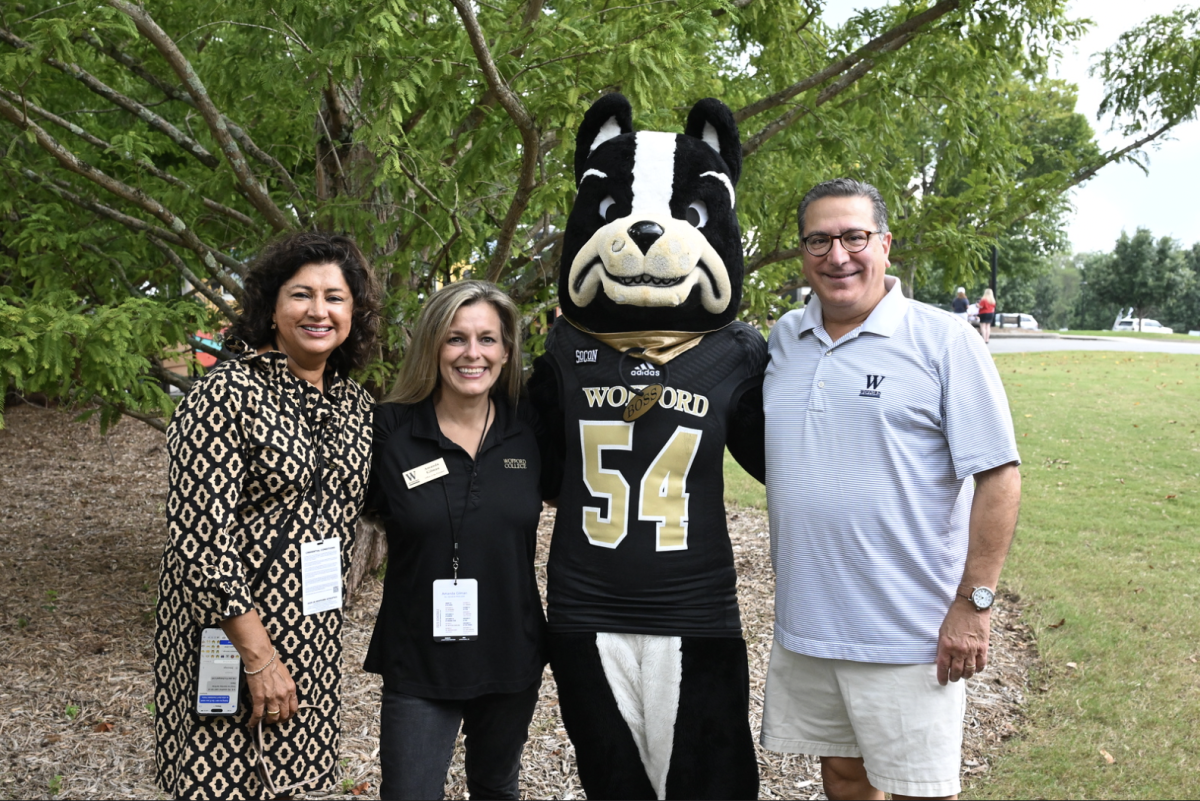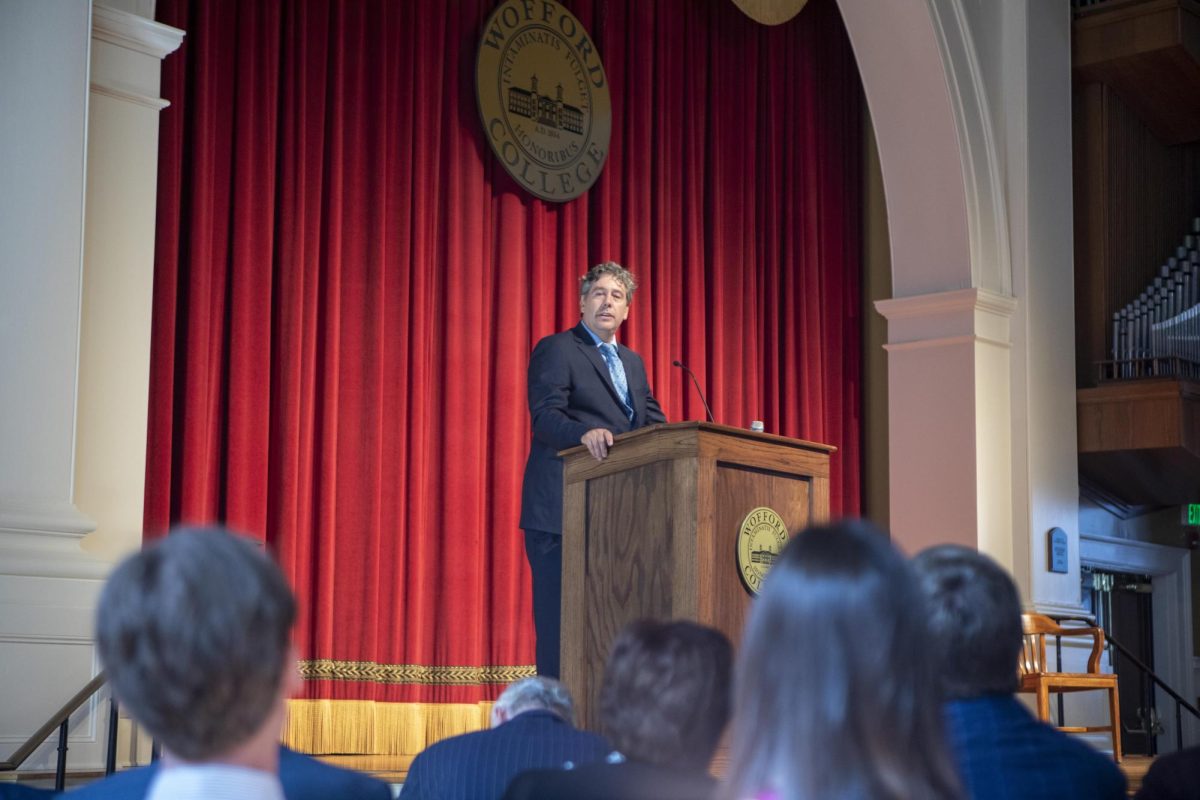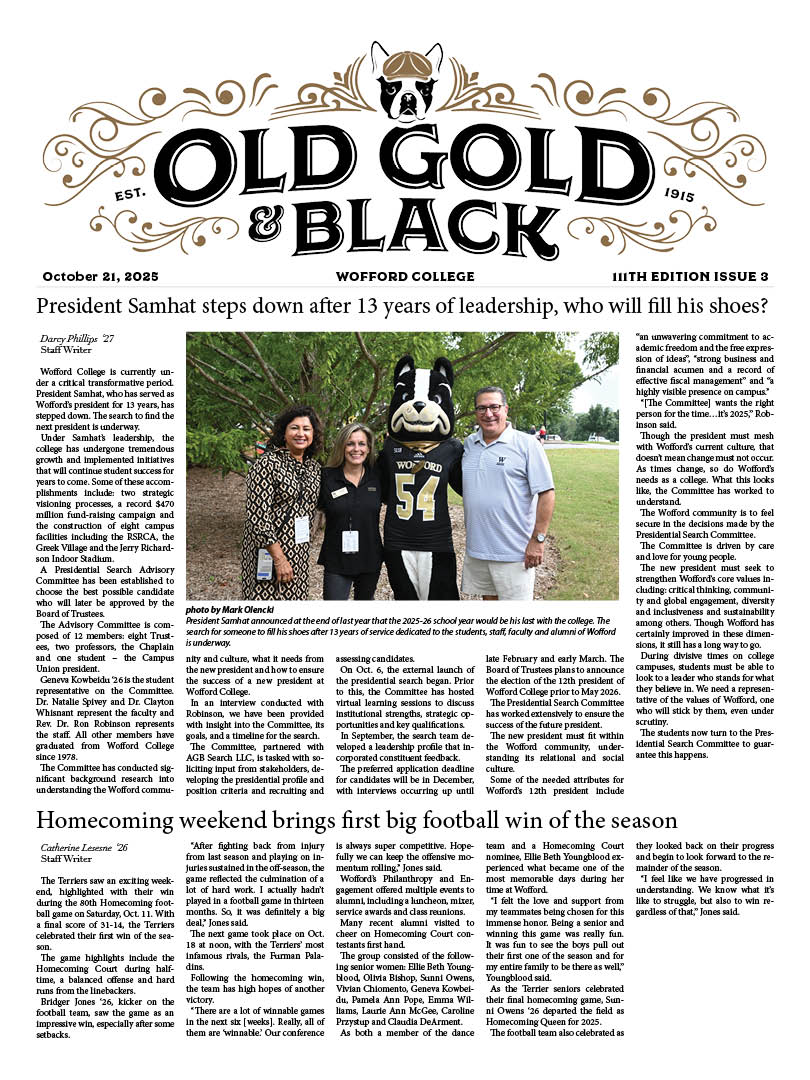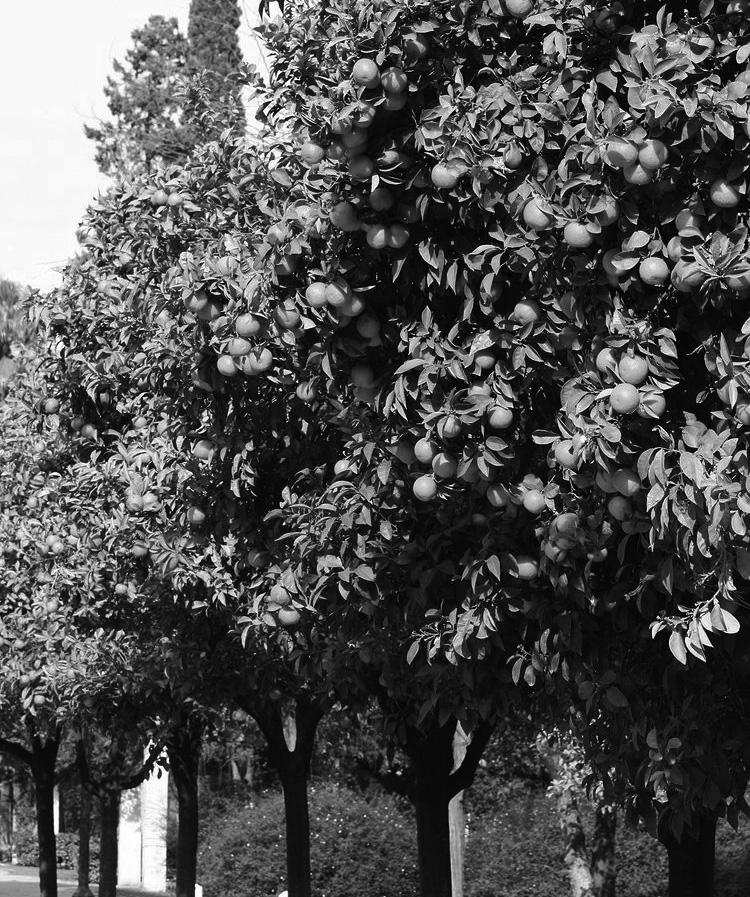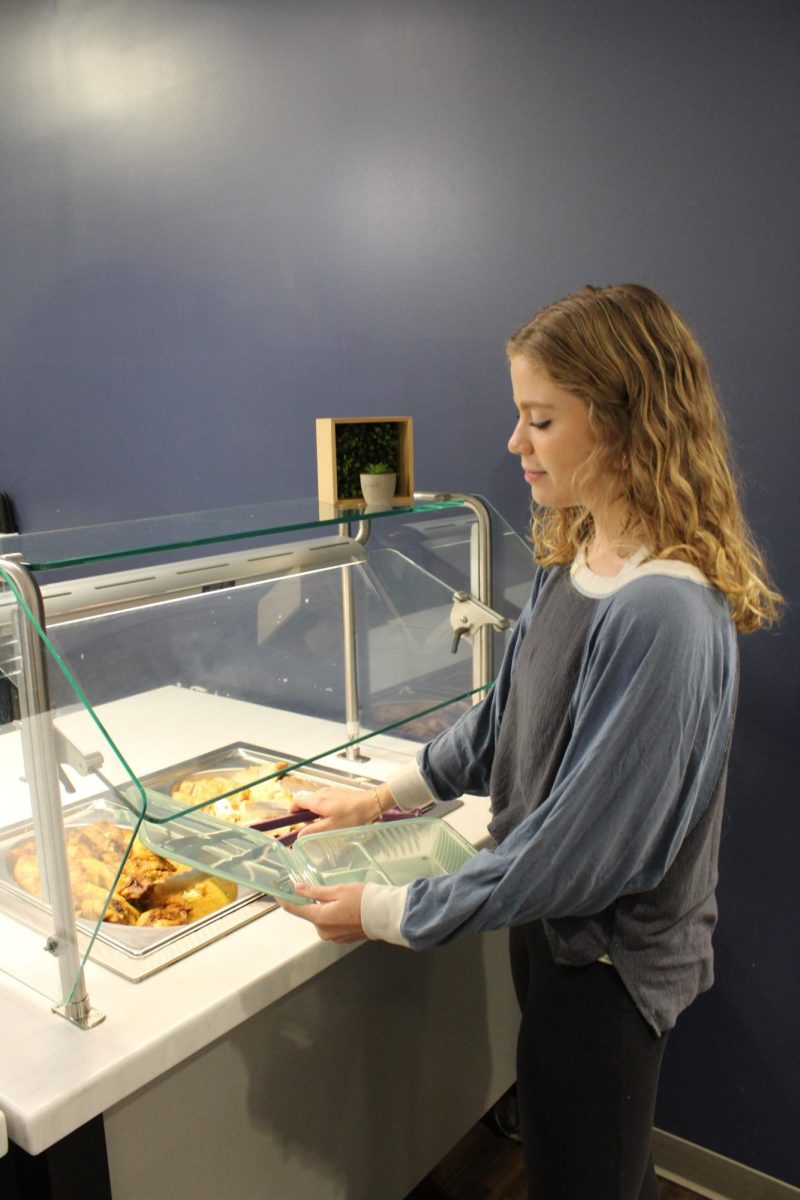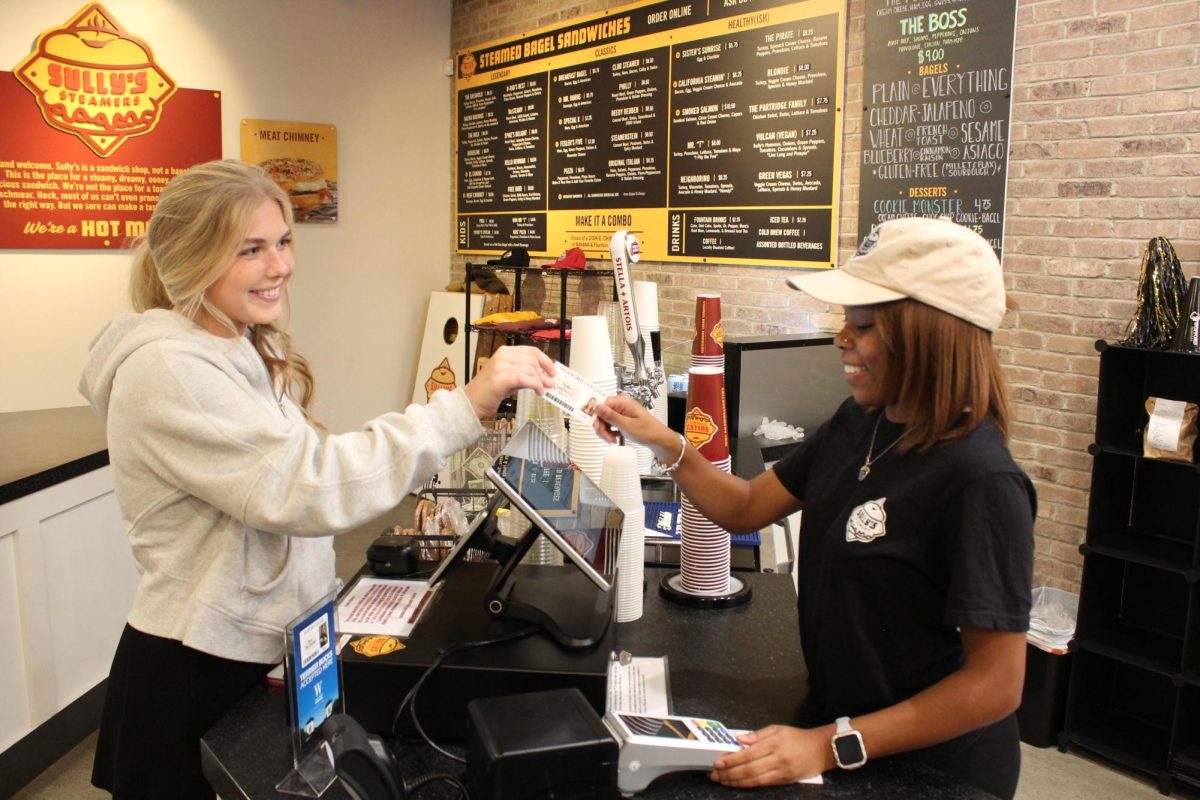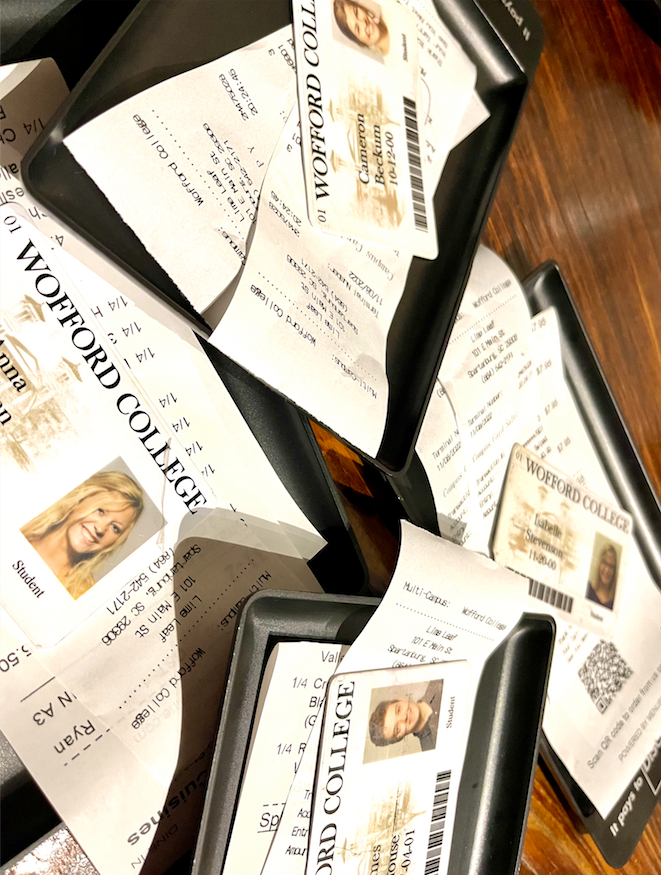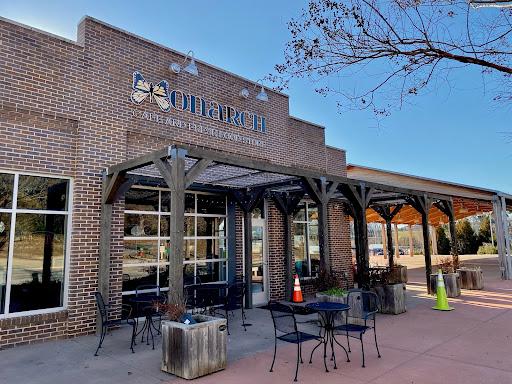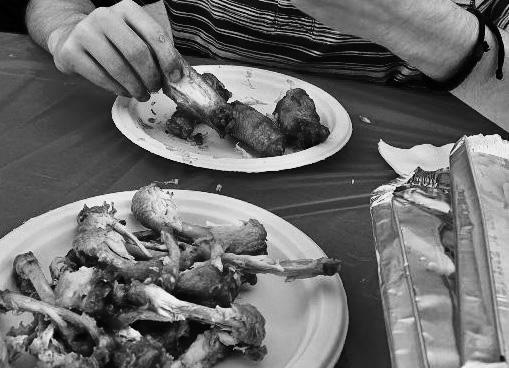In Sevilla, Spain, the naranjas on the trees around the city are starting to turn orange as the weather turns cooler for fall.
These orange trees were brought to Spain by the Moors in the 10th century. The Moors believed that they were rumored to bring happiness to whoever ate them, so they were purposely planted all over the city.
However, these oranges are actually incredibly bitter and the local Sevillanos do not eat the oranges from the trees that line the streets.
“I learned in my Culture and Cuisine class that Sevilla is known as ‘the orange grove of the world,’” said Hannah Fay ‘22. “Apparently the oranges here aren’t sweet like the ones in Florida, so you can’t eat the fruit but they do make marmalades with them.”
There are nearly 25,000 orange trees around the city, which means that in the winter, Sevilla will be decorated with orange polka dots.
However, as the oranges begin to grow overripe it will be a messy situation as the city has to deal with around 5.7 million kilos of unwanted fruit.
Emasesa, a local water utility company is piloting a project to collect the oranges and turn the bio waste into electricity.
The company hired 200 workers to collect the oranges and placed 340 containers around the city to collect the fruit waste.
After collection, the oranges are juiced and the peel is converted into fertilizer for farming.
“The juice undergoes an anaerobic digestion process that generates methane-rich biogas, which is in turn used as fuel for the production of electricity,” said Lisa Magloff, an environmental writer and activist, explaining the next steps in the process
Emasesa estimates that one thousand kilos of juice would be able to produce enough energy to supply electricity to five homes for one day.
“This project will help us to reach our targets for reducing emissions, energy self-sufficiency and the circular economy,” said Benigo López, head of Emasesa’s environmental department.
The circular economy is an economic system that targets zero waste and pollution through materials being reused, recycled and, just as in the case of the oranges in Sevilla, used as raw materials for new, innovative projects.
Additionally, the European Commission has adopted a Circular Economy Action Plan so that “the EU’s transition to a circular economy will reduce pressure on natural resources and will create sustainable growth and jobs.”
This is also a strategy the EU is using to achieve the 2050 climate neutrality target.
“The orange trees are very beautiful, but it does get disgusting when they fall on the roads and get crushed by all of the traffic,” said Ana Cepeda, my host sister and local from Sevillano. “I think this project will be a cool way to help clean up the city and help the environment.”

